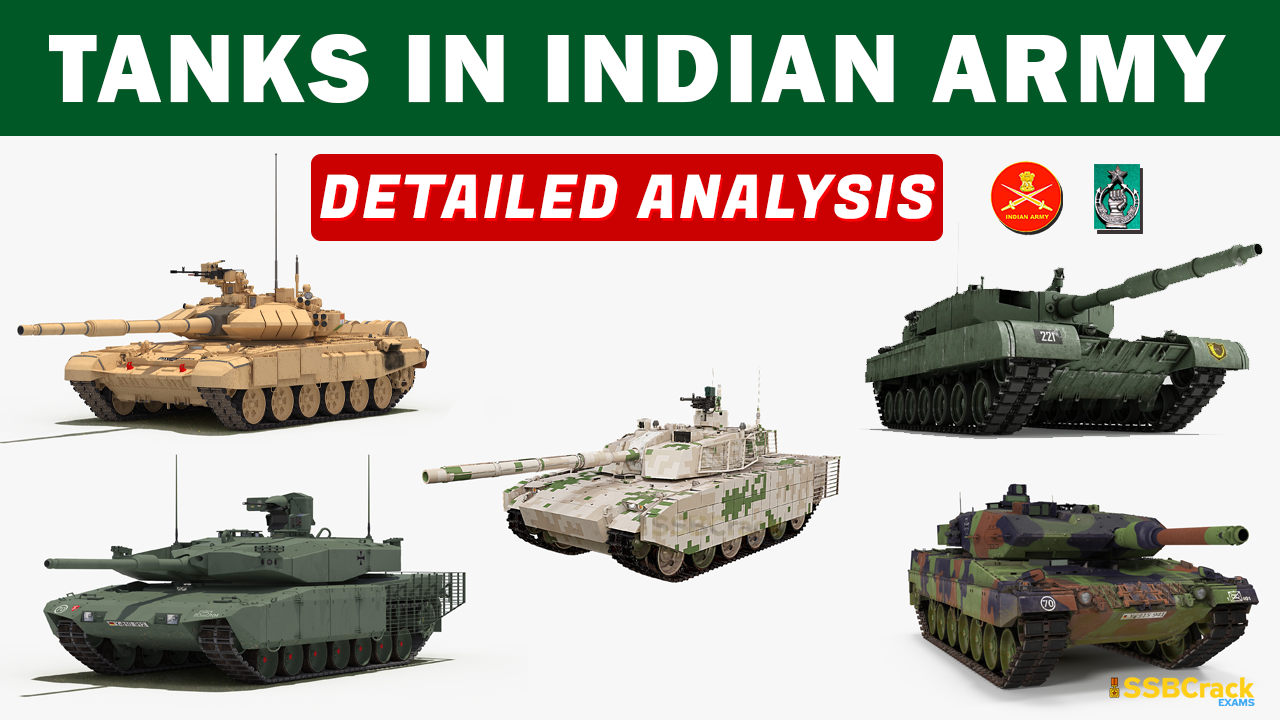
Echelon formation: a military formation in which members are arranged diagonally.DUSTOFF: a now traditional call sign for US Army Air Ambulance helicopter operations engaging in MEDEVAC.Defilade: a unit or position is "defiladed" if it is protected from direct exposure to enemy fire see also Hull-down.Decisive victory: an overwhelming victory for one side, often shifting the course of conflict.Debellatio: to end a war by complete destruction of a hostile state.Coup de main: a swift pre-emptive strike.Coup de grâce: a death blow intended to end the suffering of a wounded soldier also applied to severely damaged ships (called scuttling when applied to friendly ships).Column: a formation of soldiers marching in files in which the files is significantly longer than the width of ranks in the formation.Chequered retreat, ( retraite en échiquier, Fr.) a line or battalion, alternately retreating and facing about in the presence of an enemy, exhibiting a deployment like chequered squares.Charge: a large force heads directly to an enemy to engage in close quarters combat, with the hope of breaking the enemy line.Bridgehead and its varieties known as beachheads and airheads.
.jpg)

#BATTLE TANK FORCE FIELD FREE#
Demilitarized zone (DMZ): Area that is specifically established to be free from military presence or action.

Measurement and signature intelligence (MASINT).High-frequency direction finding (nicknamed huff-duff) is the common name for a type of radio direction finding employed especially during the two world wars.Signals intelligence (SIGINT) and signals intelligence in modern history.Situation room: a room in a government headquarters etc where senior high-ranking military officials in authority find out the latest information about something serious that is happening, and proceed to make decisions about what to do.Cantonment: a temporary or semi-permanent military quarters in South Asia, the term cantonment also describes permanent military stations.Some of them like camouflet have been adapted to describe modern versions of old techniques. However, they are still in current use in articles about previous military periods. Since technology and doctrine have changed over time, not all of them are in current use, or they may have been superseded by more modern terms. This is a list of established military terms which have been in use for at least 50 years.


 0 kommentar(er)
0 kommentar(er)
